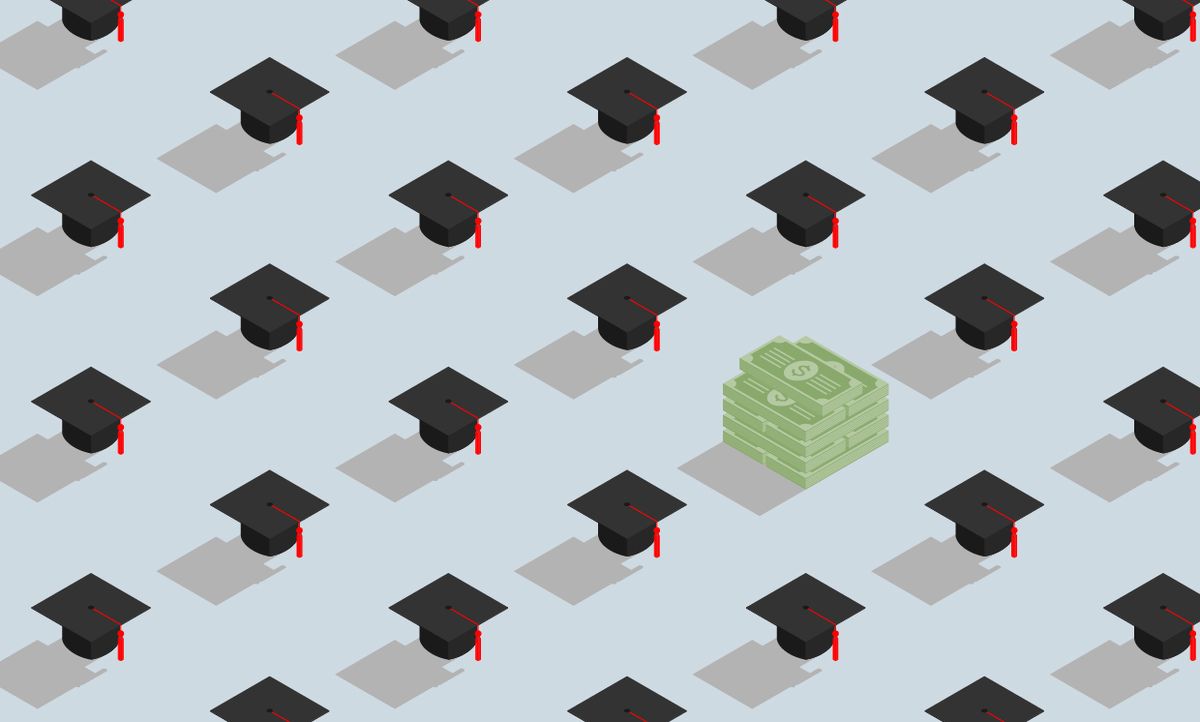The economic slowdown from the coronavirus pandemic presents daunting financial challenges for public and private universities as they face their biggest crisis in decades.
The University of Kentucky is dealing with a more than US $70 million shortfall in funds. The university’s engineering school faces a 10 percent budget cut, about the average for other schools at the university. Rudolph Buccheit, dean of the college of engineering, says that while the state budget appropriation is expected to be the same as last year, academic colleges including the engineering school have “picked up expenses that are above and beyond normal, leading to a budget deficit.”
Increased expenses for colleges include the cost of technologies needed for distance learning, facilities upkeep and sanitization, and returning students’ room and board fees, among others.
“A lot of public universities are in similar sorts of situations,” Buccheit says, facing increased expenses in addition to reduced funding due to state budget cuts. “We want to see if the federal stimulus package will include support for states to protect higher education.” The $14 billion that higher education institutions are receiving so far under the coronavirus relief bill is nowhere close to meeting their needs.
Another big hit could come from lower tuition revenue, given the uncertainty about fall enrollment numbers. “Economic circumstances have changed for some families, and there’s uncertainty with health,” he says. The University of Kentucky is planning for a 20 percent reduction in first year class enrollment.
Even private schools with large endowments will reel from the tuition loss. And this is especially acute for science and engineering schools, since a large part of the student body is international, and those students typically pay higher tuition.
“Undergraduate tuition is the bread and butter,” says Karen Panetta, an IEEE Fellow and dean of graduate education for the school of engineering at Tufts University. “And now you’ve got students saying, I think I might defer a year, which is sending shock waves through research institutions. Right now, schools are panicking over this huge loss of revenue.”
Being a Research 1 institution, Tufts also depends on federal research funding, and pandemic-related laboratory closures will affect those research dollars, she says.
Meanwhile, costs keep ratcheting up. Tufts is planning for an anticipated opening in the fall in which they would have to implement social distancing. That means the way everything is done in an academic setting has to change: dormitories, libraries, classrooms, common spaces. “So the big thing is not just financial loss, because that’s global,” Panetta says, “but also how much is it going to cost us for face masks and sanitization.”
Plus, she adds, “I took definitive action and made a conscious decision that even if we are open we’re going to have classes available online.” That’s because international students might not be able to get into the country in October. So all the Tufts engineering departments have already started working on courses being available online, which comes at a cost.
The long-term impact on finances might depend on how long the pandemic and its aftereffects last. For now, says Buccheit, “we have reserves we can use to help get us through what we hope will be a one- or two-year fiscal problem.” That means they won’t have to suspend or cancel any programs, or merge smaller departments. In fact, they plan to continue with the launch of a new undergraduate biomedical engineering program this coming fall, something that had been in the works for two years.
Prachi Patel is a freelance journalist based in Pittsburgh. She writes about energy, biotechnology, materials science, nanotechnology, and computing.



